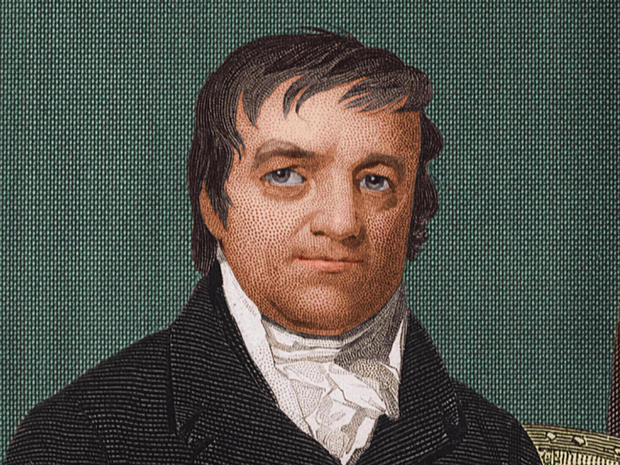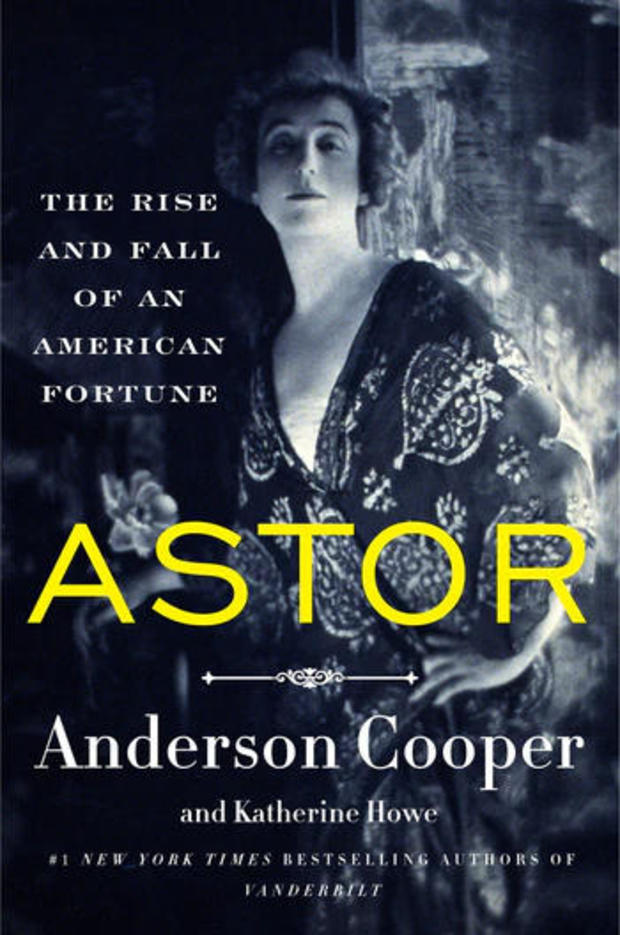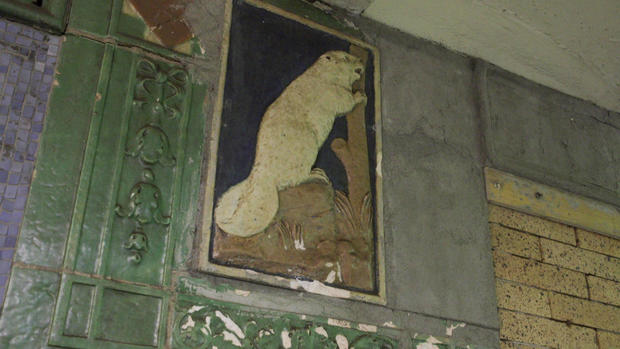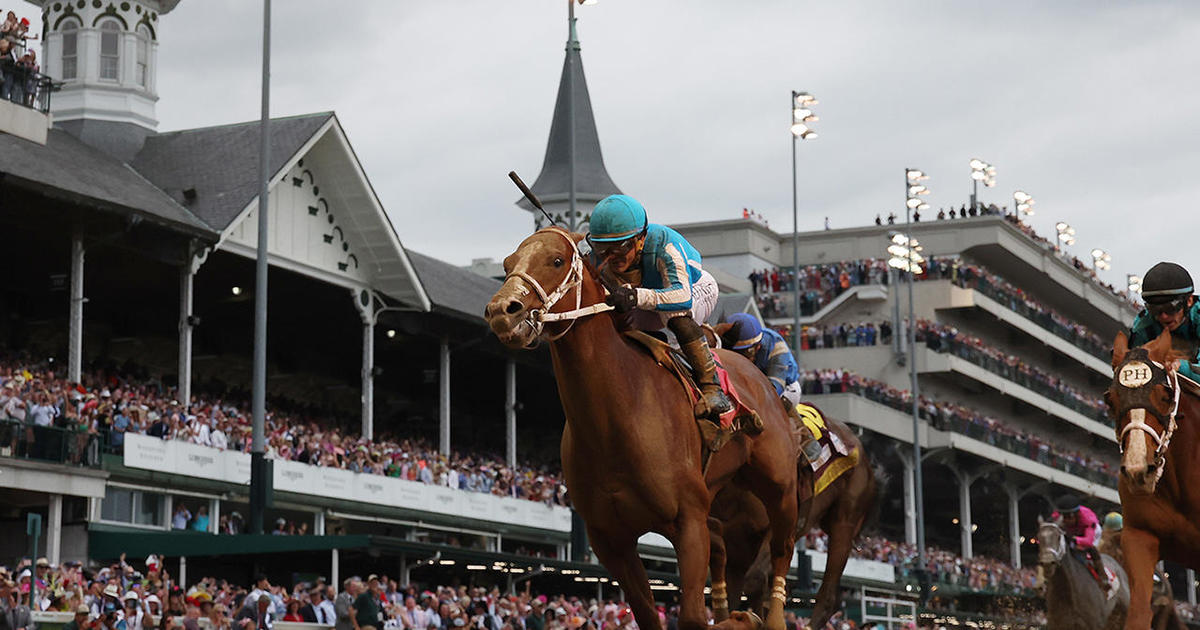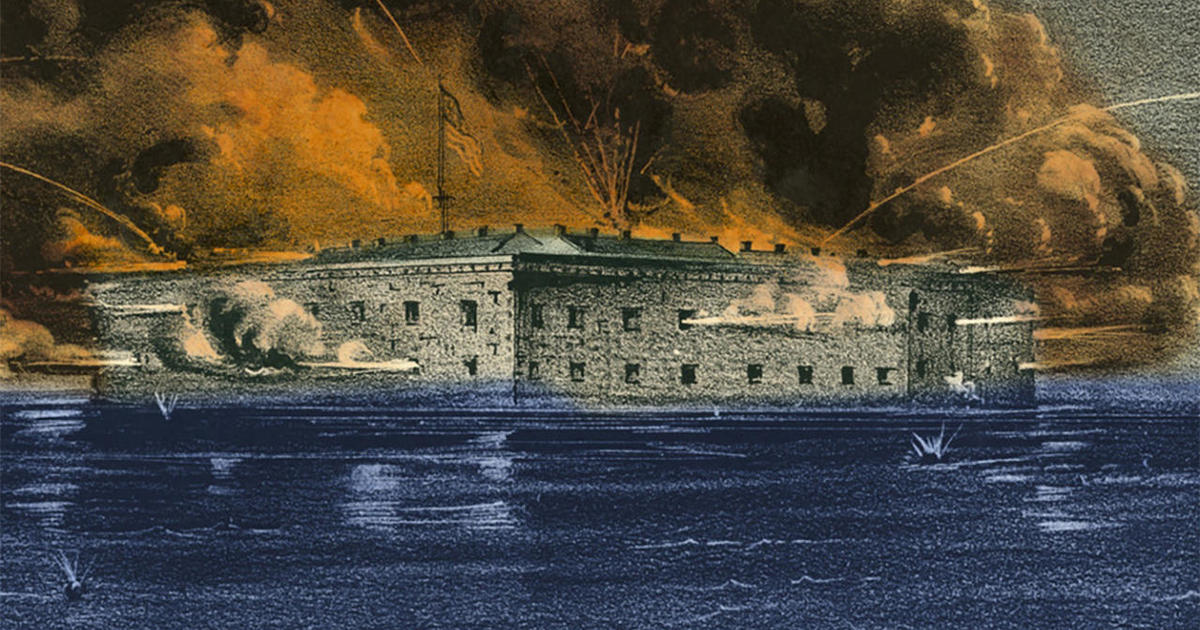Anderson Cooper on the rise and fall of the Astor fortune
Astor Place in New York's Greenwich Village is named for John Jacob Astor, America's first multi-millionaire. "John Jacob Astor and then his son, for generations, they were just buying up parcels here and there, and then large tracts of land further north," said Anderson Cooper.
Astor died in 1848 with one regret: He wished he had bought more real estate. "There's a famous quote, you know, 'Had I to do it over again, I would have, you know, put every nickel I had in New York real estate,'" Cooper said.
Astor had made his money through the bloody and brutal beaver fur trade. "He saw the huge markups that beaver fur could get – you know, 600%, 700%, 800% markups," Cooper said. "And John Jacob Astor went out into the wilderness and started trading with Indigenous populations."
By 1834, his fur trading company was the largest business enterprise in the United States. And Astor was an astonishingly ruthless businessman, according to Cooper's new book, co-written with historian Katherine Howe: "Astor: The Rise and Fall of an American Fortune" (to be published Tuesday by HarperCollins). "He would screw over the traders that worked for him," Cooper said. "They would have to buy them at marked-up prices. So then, their incentive was to screw over the Indigenous populations who they were trading beaver pelts from."
The next generation featured William Astor, who owned numerous buildings in New York City. "The Astors were slumlords, there's no doubt about it," Cooper said. "They would rent out the land to a sub-landlord. And that sub-landlord's business was to build whatever building they wanted on that land. But within 20 years or so, the lease would be up and anything built on that land would revert to the Astor Family. So, there was no incentive for any sub-landlord to keep up a building."
Today, the Astor name is etched into the infrastructure of New York City, such as the Astor Place subway station, which bears an homage to the Astor family's origins. "A lot of people probably wonder, 'Why are there beavers here chewing on trees?'" Cooper said. "And this is a reference to the creation of the Astor fortune."
When asked if there is anyone good in the story of the Astors, Cooper replied, "Look, people are multifaceted. And I think every family has heroes and villains."
One of Cooper's favorite Astors wasn't originally part of the family. Brooke Astor (born Roberta Brooke Russell) was the third and final wife of Vincent Astor, who had become the richest man in America after his father, Jack Astor, died aboard the Titanic.
Cooper said, "Vincent Astor realized, 'Wait a minute. We're slumlords?' He was not happy to learn this!" Regardless, according to Cooper, Vincent was not easy to be around, one who smoke and drank an unbelievable amount. He sold off some of the family's assets and started a foundation with what Cooper describes as a vague notion of bettering humankind. Vincent died in 1958, leaving his fortune and foundation to his widow, Brooke.
"In that five-and-a-half years of often miserable marriage, she put up with a lot, and she inherited all of Vincent Astor's money, and she rehabilitated the Astor name," Cooper said.
She then embraced the idea of being a philanthropist. "Brooke Astor focused on giving back to New York City," Cooper said. "And she would dress up in her fur coats and her Chanel, and she would go to housing projects and homeless shelters, 'cause she wanted to see how the money she was giving would be spent. That was Brooke Astor."
Cooper and co-author Katherine Howe at times rely heavily on a handful of sources, which has raised some questions about the diligence of their research. "CBS News Sunday Morning" asked Cooper about this. He replied: "We have written what we hope is a compelling and accessible account of the Astors and have relied on, and rigorously cited, dozens of books, contemporary accounts and historical documents."
In the book, Cooper also recalls his personal interactions. As a thirteen-year-old, he first met Brooke Astor while at lunch with his mother, Gloria Vanderbilt – in some respects the ends of their respective dynasties. "If somebody passing by the restaurant in that moment had seen Brooke Astor and my mom sitting, you know, shoulder-to-shoulder, essentially, that's the thought they would have had. Like, these two sort of iconic, you know, representatives of a vanishing past."
Cooper says his mother and Brooke were not friends: "Brooke Astor was the toast of New York society. And my mom chose a different path. And I think that's part of the tension she felt with Brooke Astor."
Gloria, who was born a Vanderbilt, was someone Brooke probably would have wanted to befriend … a reversal from more than a century earlier, when the Astors wanted nothing to do with the Vanderbilts.
"The Vanderbilts were considered nouveau riche," said Cooper. "Commodore Vanderbilt died with $100 million. But he also was a very uncouth guy. It was the Commodore's grandchildren who set about this enterprise of breaking into New York society."
That meant getting past Caroline Astor, who created and controlled New York's social register. She called it "The Astor 400."
"Which was allegedly the 400 people who could fit in Caroline Astor's ballroom," said Cooper. "And they created the rules for it: You have to have a French chef, and French architecture. She defined it in a way that benefited her."
But Cooper's great-great aunt, Alva Vanderbilt, found a way in: "She decided to throw a party, the likes of which America had never seen. And Caroline Astor's daughter, Carrie, really wanted to go to this party. Finally, Caroline Astor folded to the pressure. And Mrs. Astor finally recognized the Vanderbilts."
Anderson Cooper said he always knew there would be no Vanderbilt money left for his inheritance. He swears that was fine with him; inheriting wealth never ends well, he reasoned.
Brooke Astor spent her final years struggling with her son from a previous marriage, Tony Marshall. "When Brooke Astor decided to step back from the foundation because of Alzheimer's, she decided not to give it to Tony," said Cooper.
"Basically telling him, 'One day, none of this will be yours'?" laughed Sanneh. "And yet, as Brooke Astor's mental facilities declined, her working relationship with her son became suspiciously close?"
"Tony was accused, ultimately, of stealing money from his mom, doing things without her knowledge," Cooper said. "He stood trial. He was convicted."
Sanneh asked, "This era of these great families kind of comes to an end. But of course, we have our Musks and our Zuckerbergs. How do our plutocrats measure up to these older American plutocrats?"
"The histories have yet to be written about the mega-wealthy people today and what the impact of their fortunes will be on subsequent generations and their families," Cooper replied. "Will the lessons of these other families be learned, you know? I would recommend they read these books."
READ AN EXCERPT: "Astor" by Anderson Cooper and Katherine Howe
For more info:
- "Astor: The Rise and Fall of an American Fortune" by Anderson Cooper and Katherine Howe (HarperCollins), in Hardcover, eBook and Audio formats, available September 19 via Amazon, Barnes & Noble and Bookshop.org
- Follow Anderson Cooper on Instagram
- katherinehowe.com
Story produced by Mary Raffalli. Editor: Lauren Barnello.
